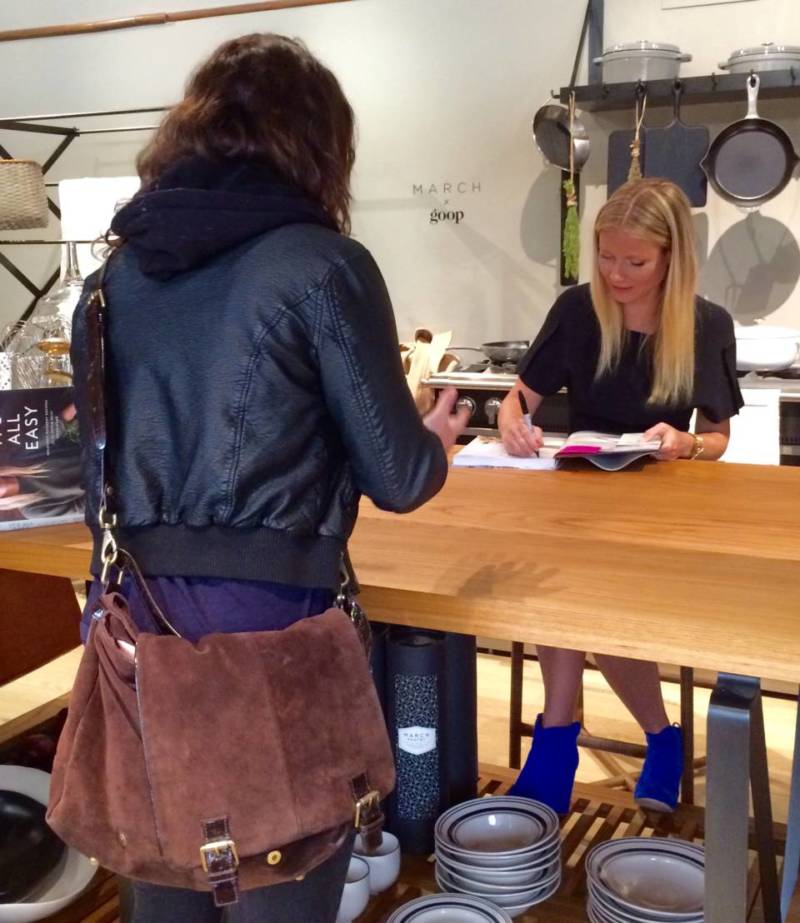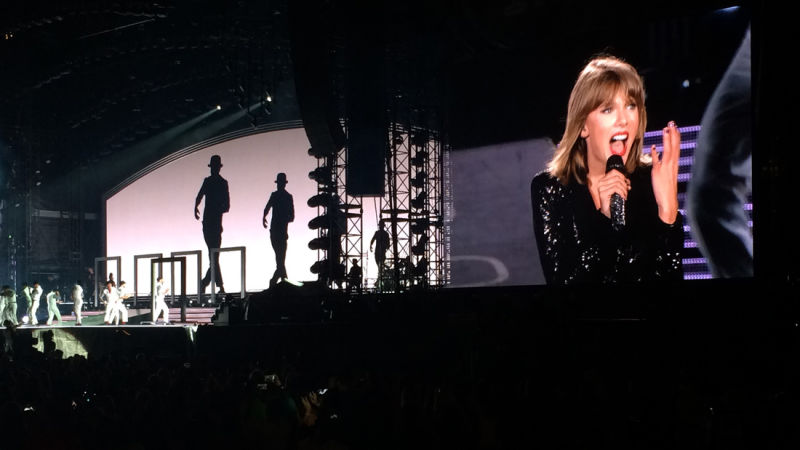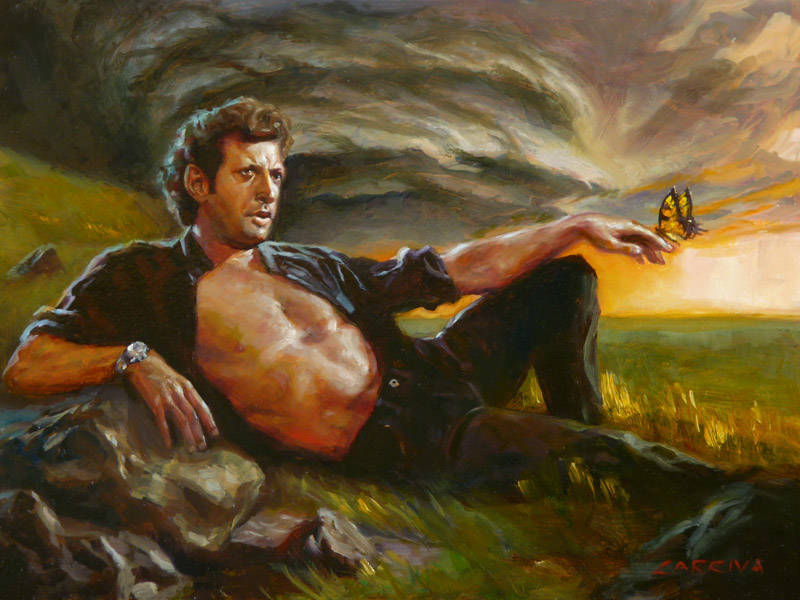We knew, in those halcyon days of 2014, that we’d hired someone special when we hired Emma Silvers, whose two-year run on staff at KQED comes to a bittersweet end today.
That realization came quickly, when, on her first day in the office, word got around that she’d been a voice-over hyperventilator for the classic 1997 film Jurassic Park, and though we sometimes have famous actors in the building, this would be the first time a bona fide movie star would actually be working for us!

But it turned out that the cinema was not, in fact, her true calling. Put simply, Emma has written up a storm around here for the past two years — stories that only she, in her weird, smart, funny, insightful way, could write. Who else could go to a Gwyneth Paltrow book signing and come back with a hundred conflicted thoughts about life, womanhood, lifestyle branding, wealth, and the world? Who else could express the futility of existence through a rain-soaked search through San Francisco for a dumb Katy Perry marketing gimmick? Or so perfectly unearth the timeless charm of rap giant E-40 by trekking, of all places, to a BevMo in Walnut Creek?
Don’t get me wrong. Toiling in her cluttered cubicle here, Emma covered important subjects and performed “real journalism,” like when she broke the story of a $22 million global company promoting house shows and not paying artists or workers while masquerading as a grassroots nonprofit. She penned comprehensive histories of the Tenderloin’s Hyde Street Studios, and the congressional hearings about Tipper Gore’s “Parental Advisory” sticker, and talked to women about the misogyny of the Summer of Love and the struggle to be taken seriously in the 1960s comix scene.

But finding bigger truths in smaller, seemingly unimportant events was the hallmark of an “Emma story.” A trip to Taylor Swift’s 1989 tour yielded meditations about celebrity branding and teen authenticity in the Instagram age. She turned monthly roundups of ridiculous news stories about Millennials into sly indictments of generational fear-mongering by the media. She could report on a study concluding that thin dolls affect young girls’ body images but write a headline for it telling you that the real story was the utter uselessness of the study in the first place. (See also: Reindeer Cam.) The week of the Orlando shooting, she offered six incredible intro paragraphs of a shared feeling of hopelessness and sympathy before advising everyone to just go see a cat circus.

Emma could nail the exhilaration at seeing the Replacements or Beyoncé, and also knew when to shut up about Beyoncé and hand over the floor to women of color. She selected weekly songs of resistance in America for the Trump administration’s first 100 days, finding determination and collective hope. She was out of town when the Ghost Ship fire occurred but came back and swiftly captured the city’s healing. In one of my favorite pieces, she walked readers through every split second of the brain’s knee-jerk reaction process when aggressively harassed for walking on the street as a woman.




